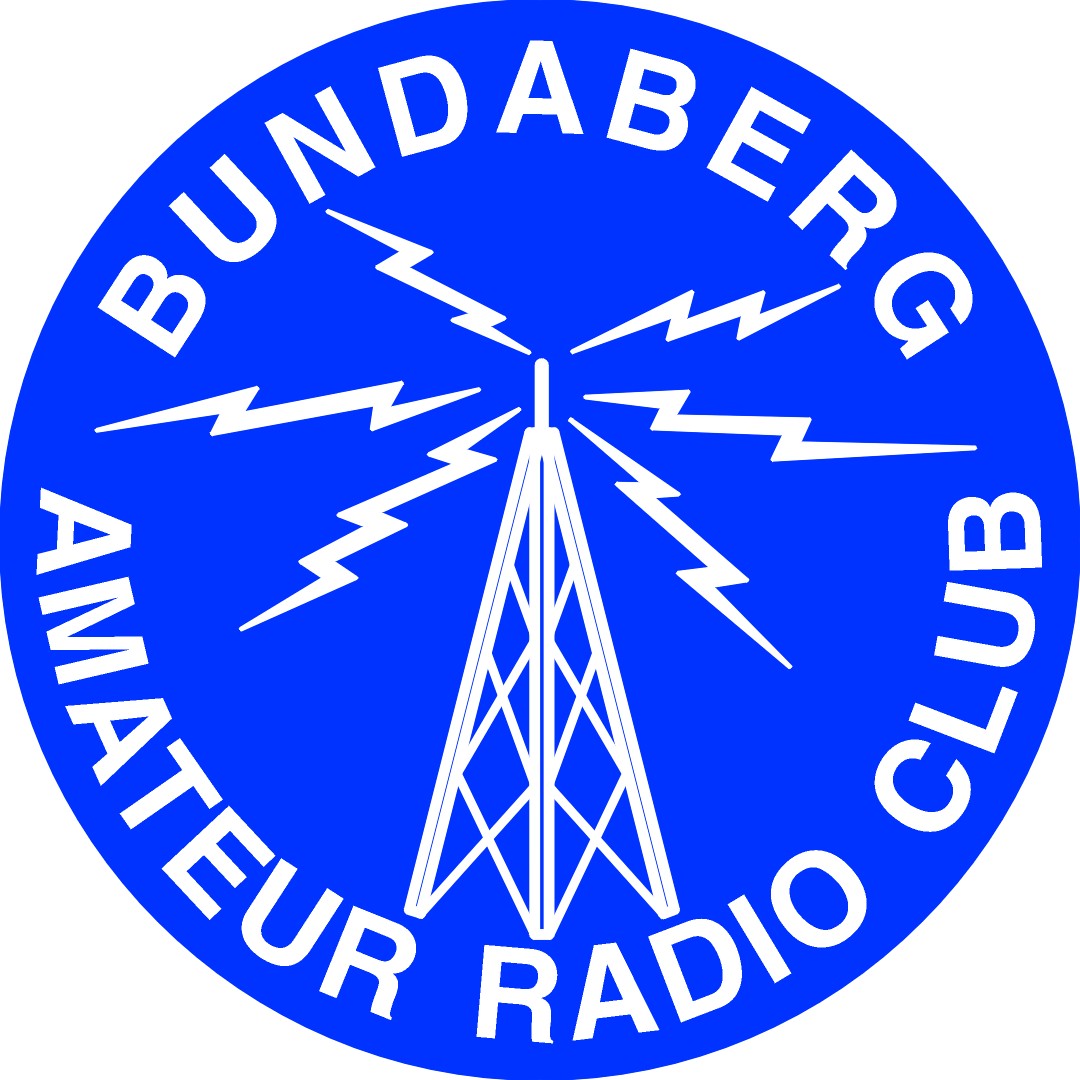This article is part of a series 'remembering the past" in recognition of the WIA centenary in 2010

This is the story of a club member Arch Lewis, callsign VK4IL, who
undertook the Deltahet Front End project in 1964.
Arch joined the club in 1962, and was amongst the first group who
undertook AOCP training with the club (prior to that time training
was conducted by the Qld branch of the WIA).
Arch read articles in the "Radio, Television & Hobbies" magazines in 1963 about the Deltahet Front End and was inspired to build one by sending away for plans and photographs.
The case was cast in one piece by the local foundry using a sand mould.
Arch is now Silent Key and his family donated the project and
documentation.
It is displayed in the Rockhampton Amateur Radio museum (part of
the Heritage Village).
Detahet Front End with its matching 2-3 MHz Receiver as per Radio, Television and Hobbies Magazine
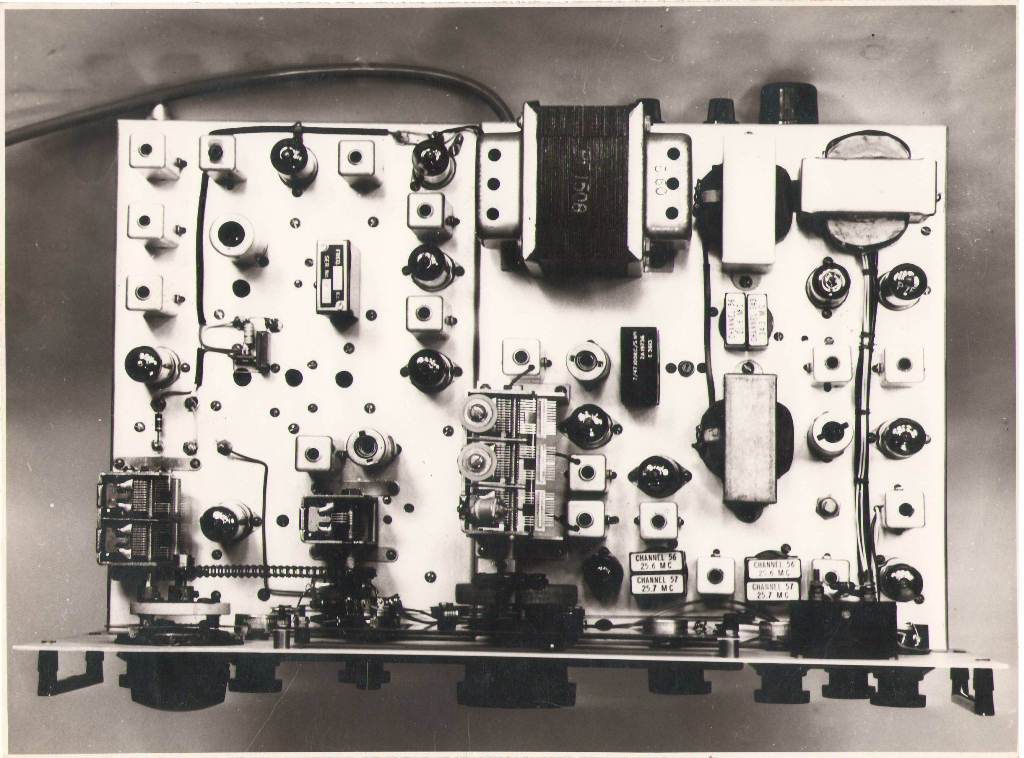
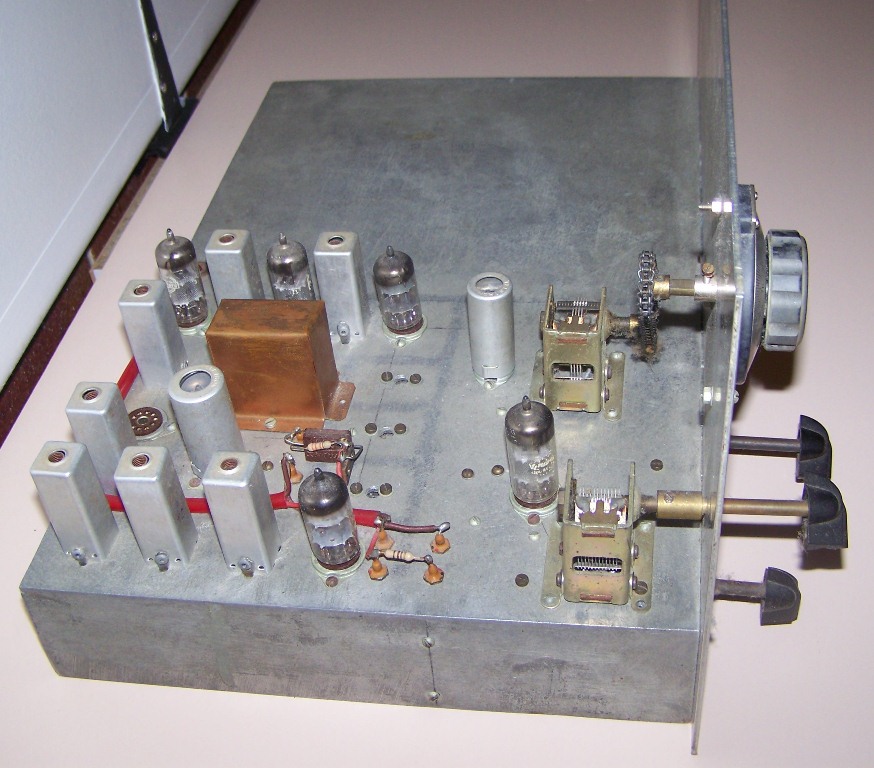
Left is the Detahet Front End with its matching 2-3 MHz Receiver
image from the 1963 Radio, Television and Hobbies magazine article
and Right is Arch's completed Deltahet Front End.
Chassis allowed for matching receiver which was not built
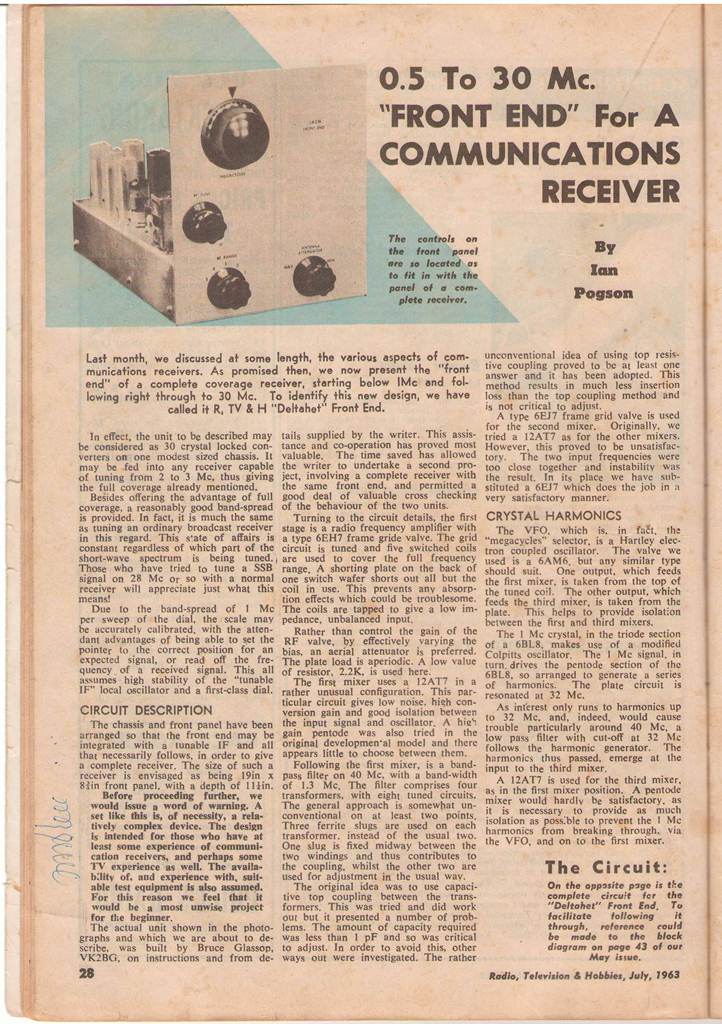
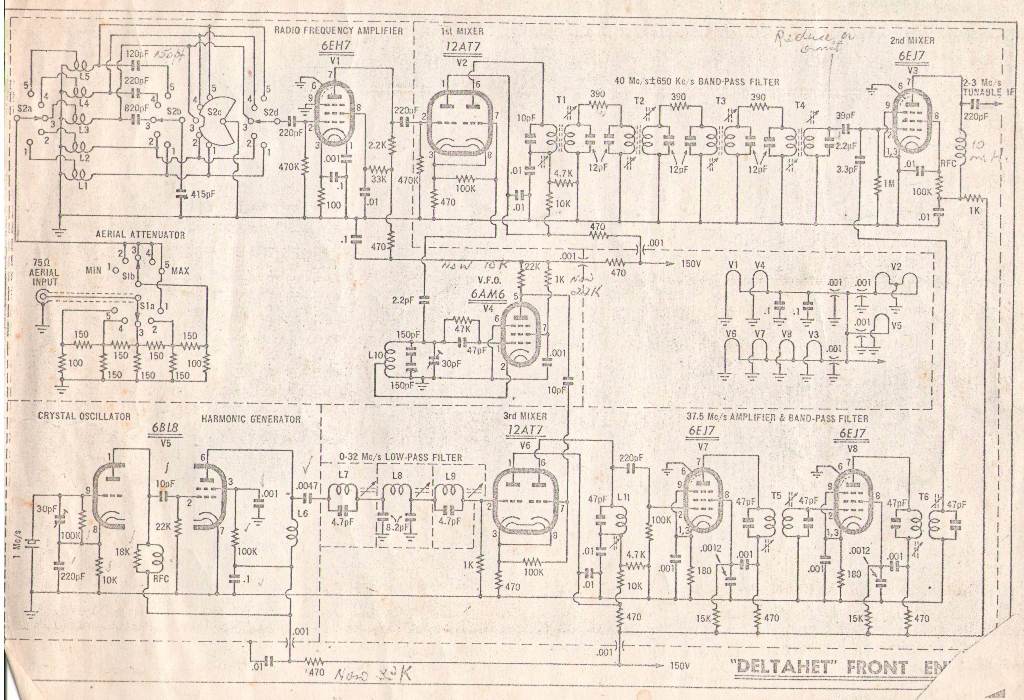
Scan of the article in "Radio, Television & Hobbies July 1963" magazine which inspired Arch and Deltahet front end circuit diagram
Technical note submitted by VK4AMG
Although the opening paragraph describes the characteristics, the advantage of the “Deltahet Front End” it may not be clear to users of modern equipment.
The front end allowed a receiver capable of 2-3 MHz to cover up to 30MHz with adequate stability to receive the "new" Single Sideband Signals (SSB).
Tuning the VFO on the Deltahet Front End shifts the receiver in 1MHz band segments with crystal locked stability. Thus a relatively simple low frequency single band or an existing receiver with a BFO to be used for SSB.
Many existing AM receivers were modified with external BFOs (Beat Frequency Oscillators) and Mixers in some cases were added to receive SSB.
******
When Arch sent for the plans he also received a series of Black and White photographs (scans of which appear below) and a large set of plans and circuit drawings.
The colour photographs below are of the project as it was left by Arch.
The project and documentation was passed to the Amateur Radio
Museum in Rockhampton.
The local club known as RADAR maintains a growing exhibit within
the Heritage Village and this site was chosen to best display the
unit to Amateurs and the public.
Arch Lewis Deltahet
Images of the project
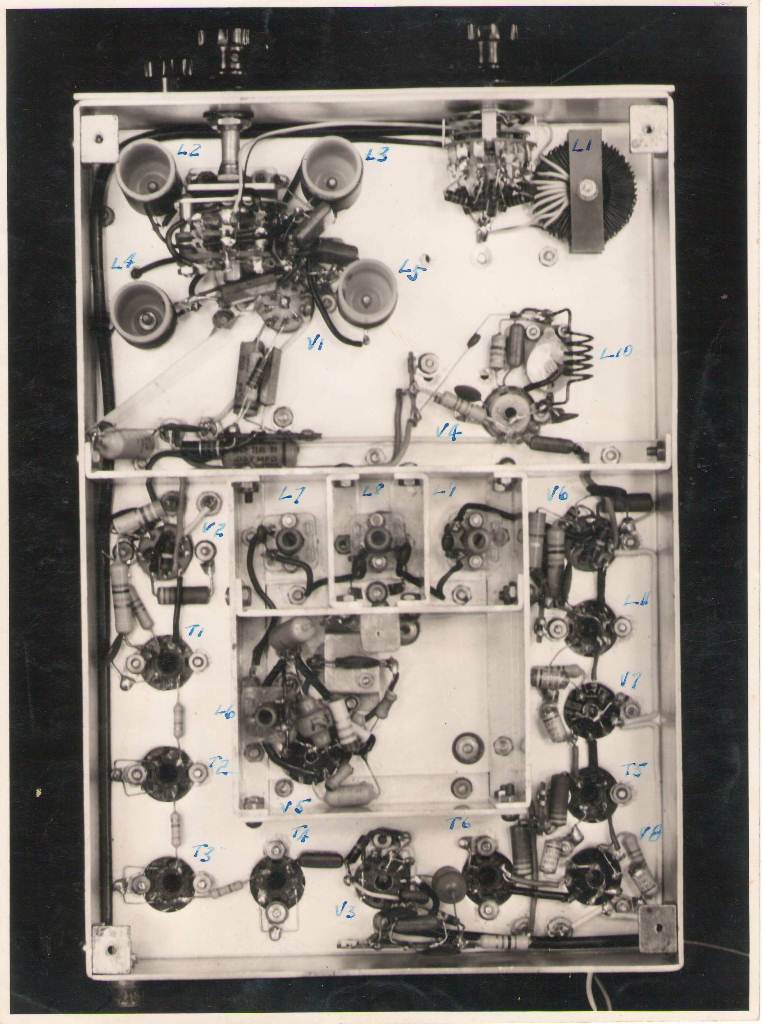
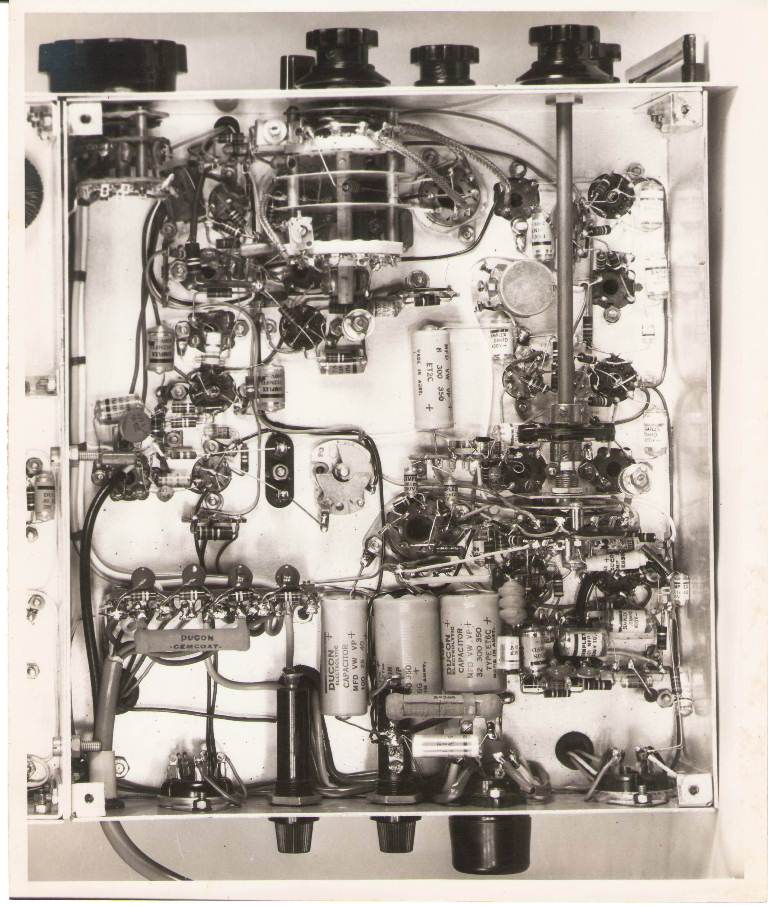
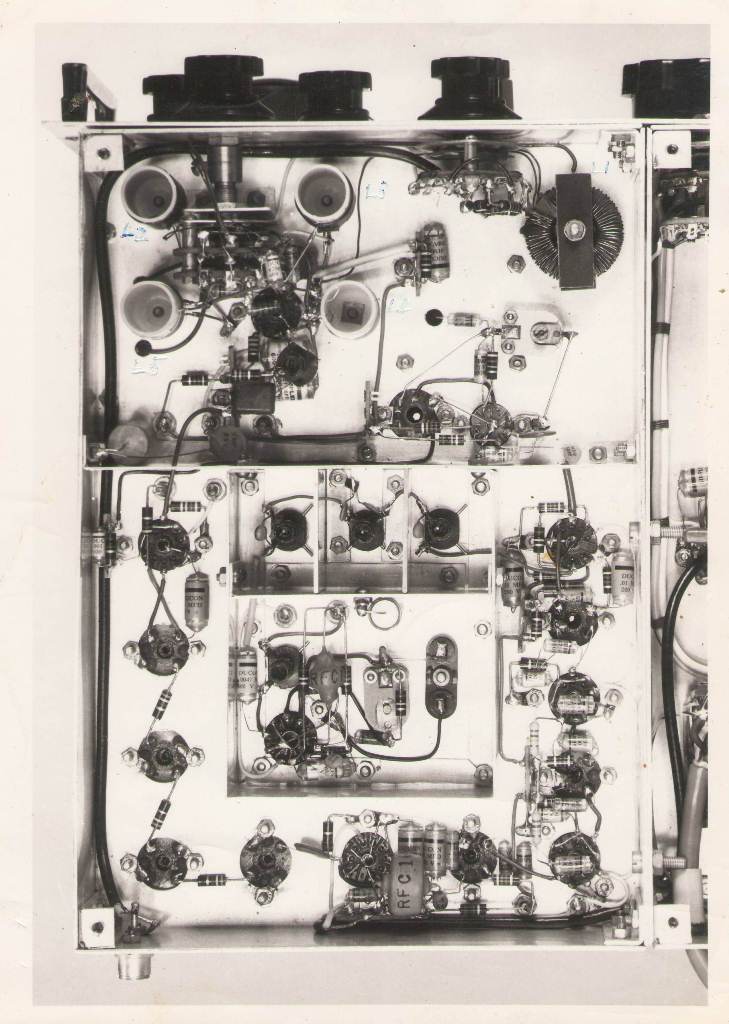
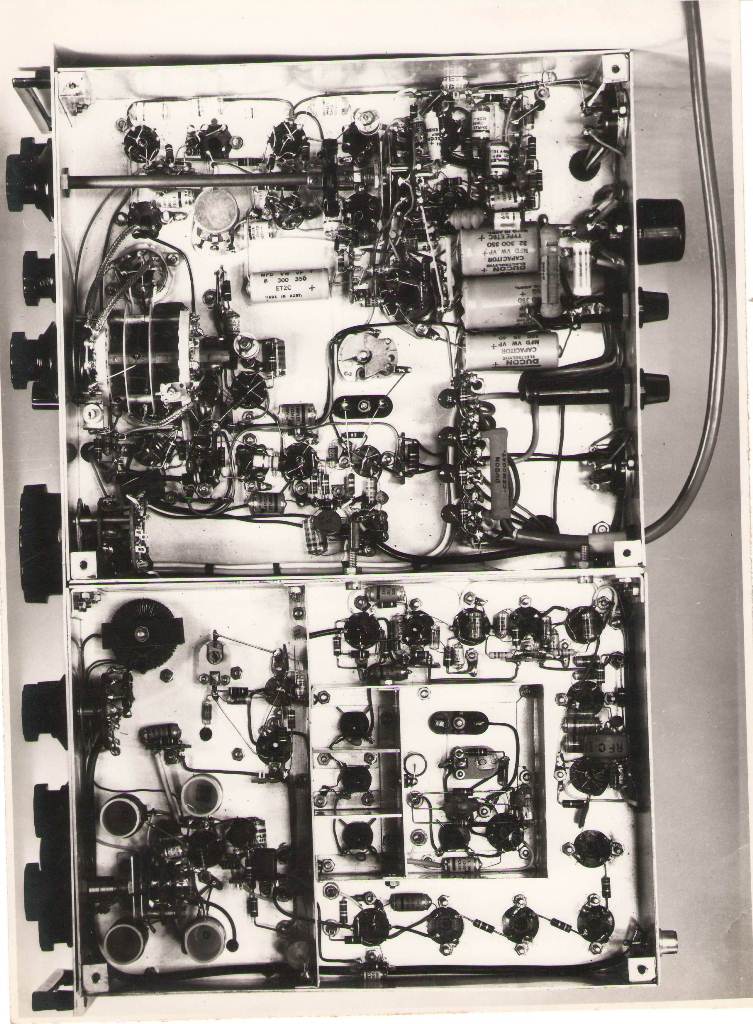
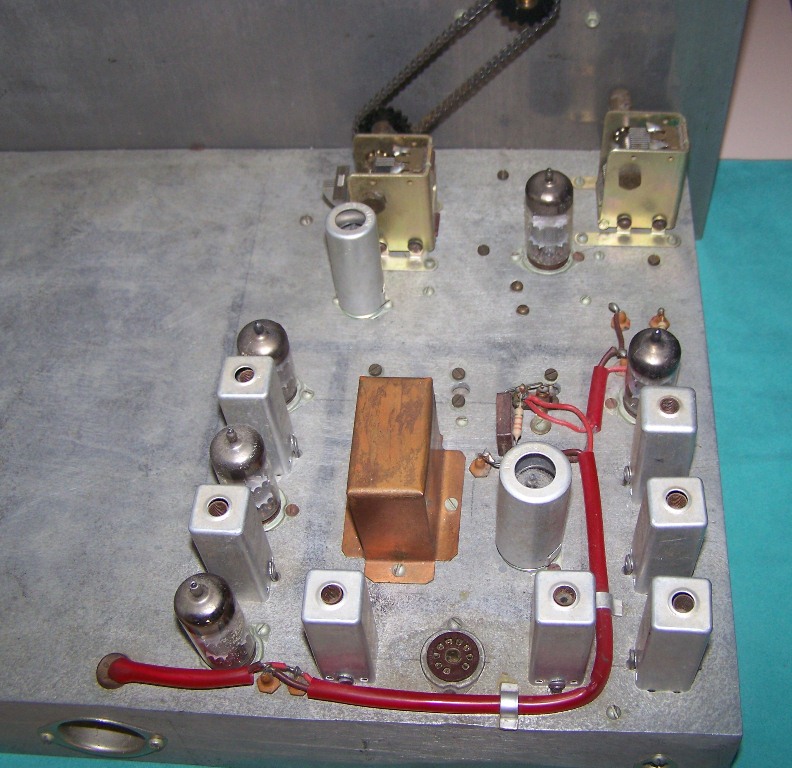
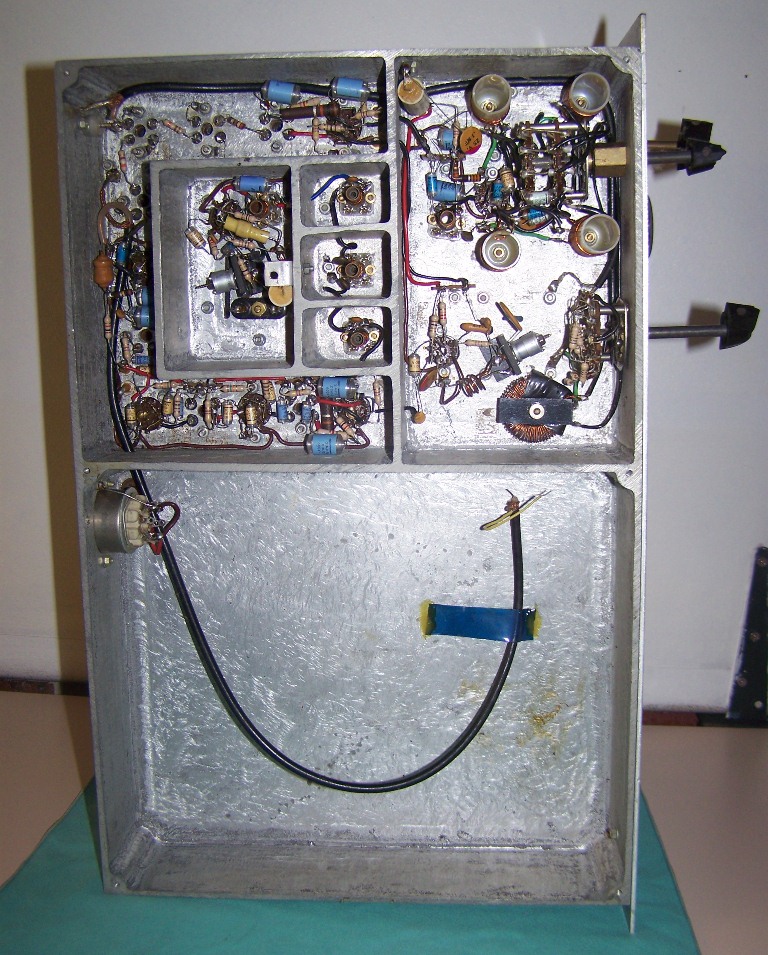
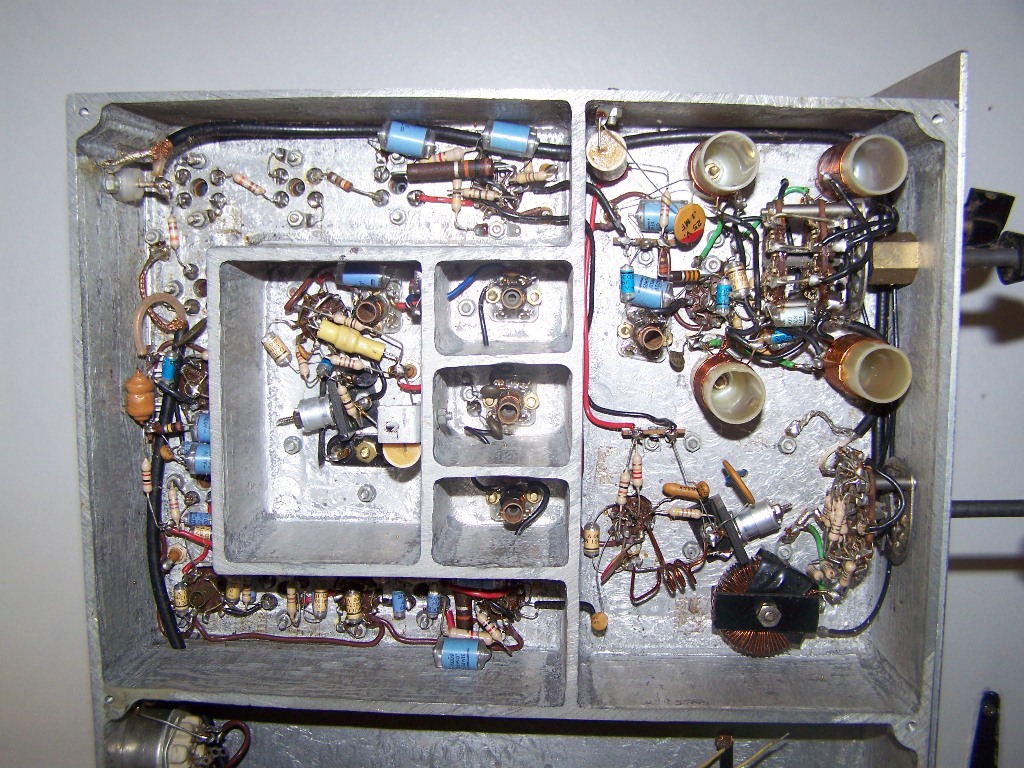
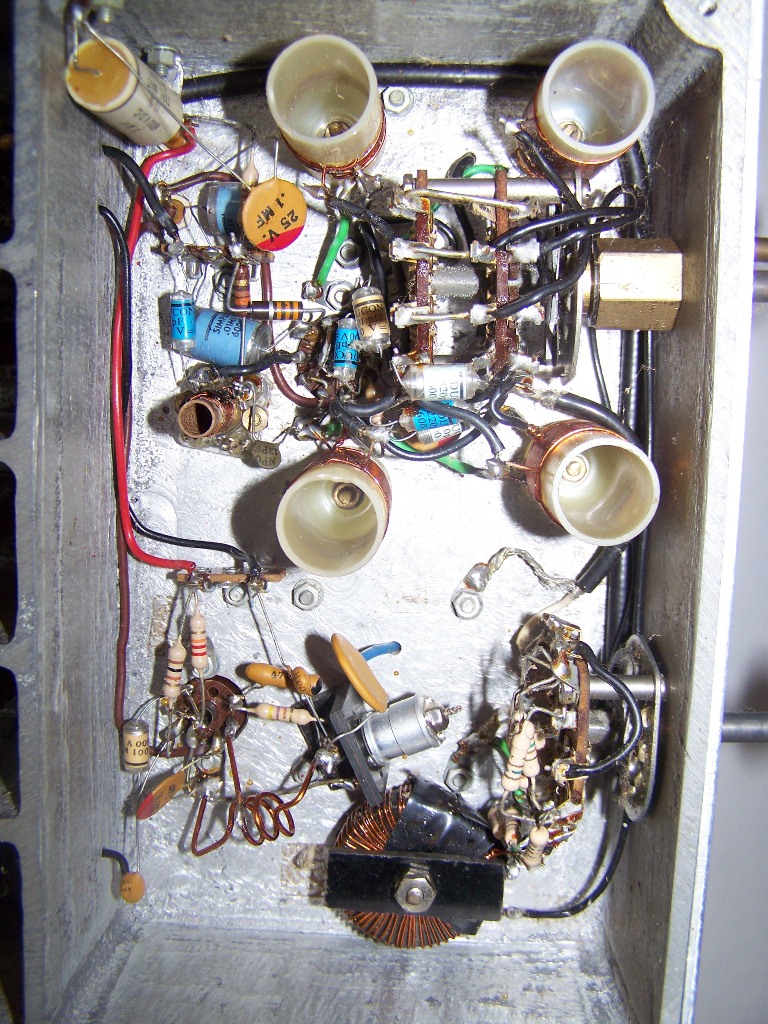
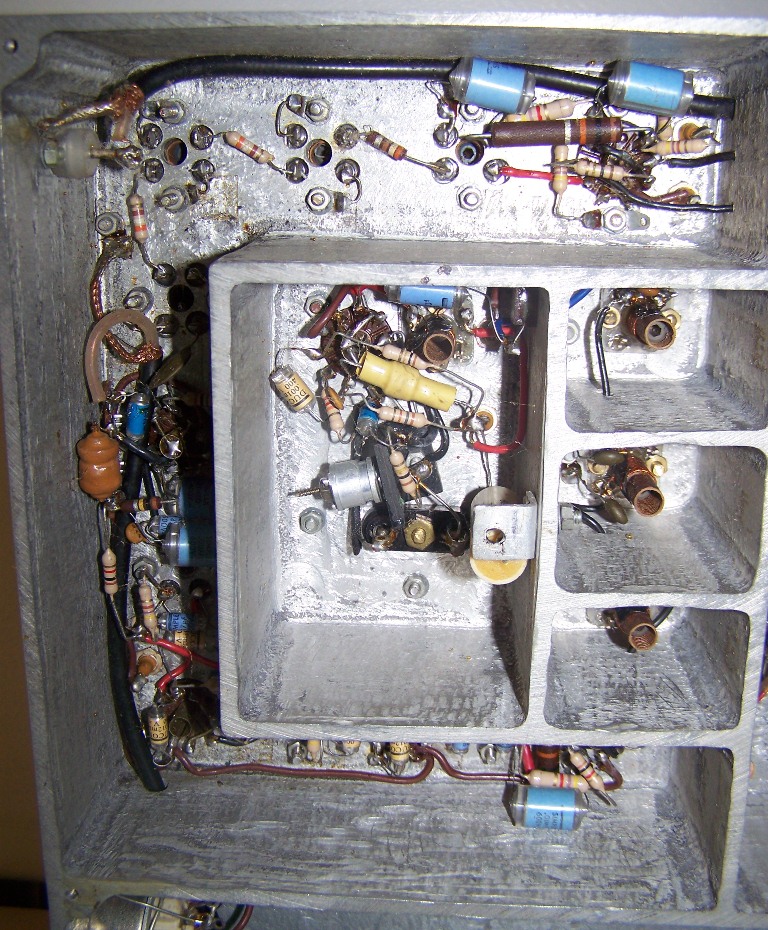
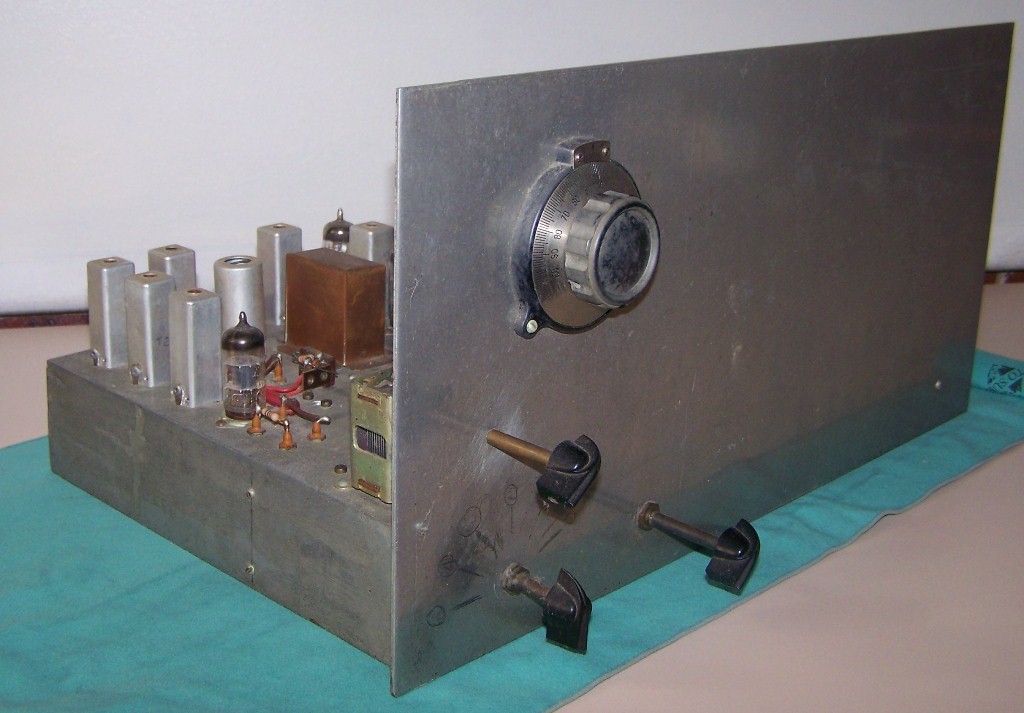
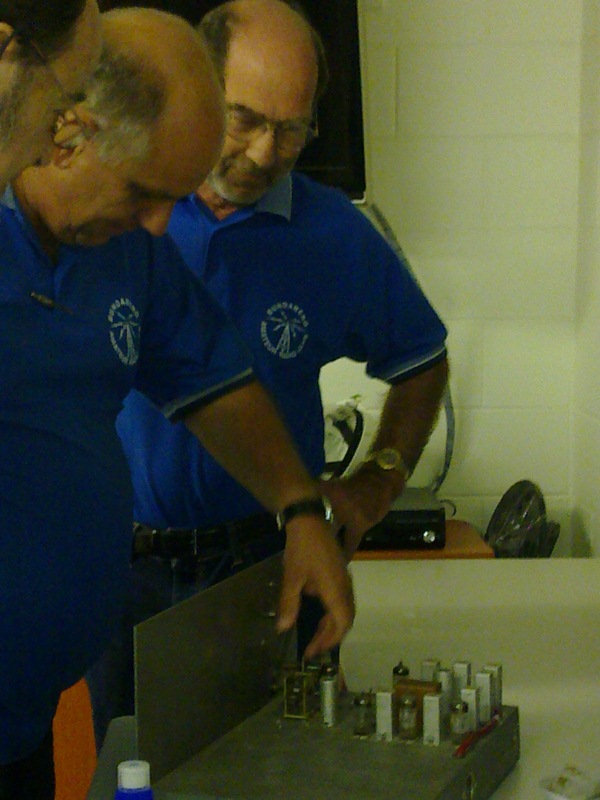
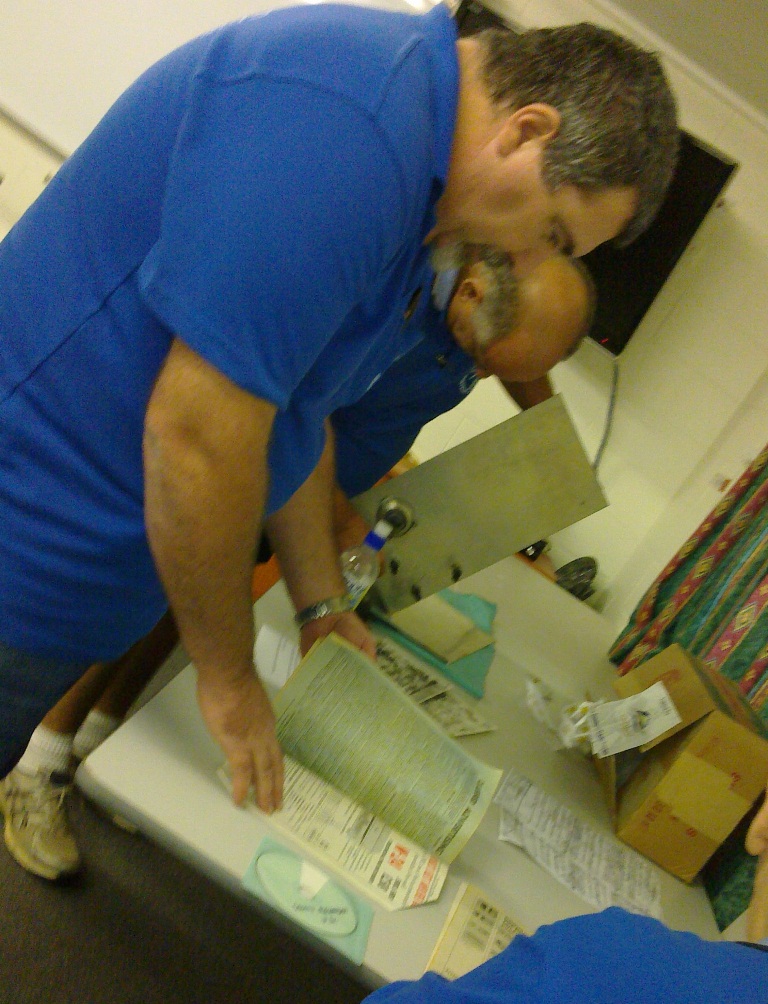
Broken Link!
If you notice any failures we'd appreciated an email to; webmaster@barc.asn.au
Club contact
P.O. Box 129 Bundaberg QLD 4670
Or email; secretary@barc.asn.au
This is a link to the current
Club Officebearers
Something to share?
If you have a link to share please email the webmaster.
Sites should contain resource material
[not commercial links thank you]
